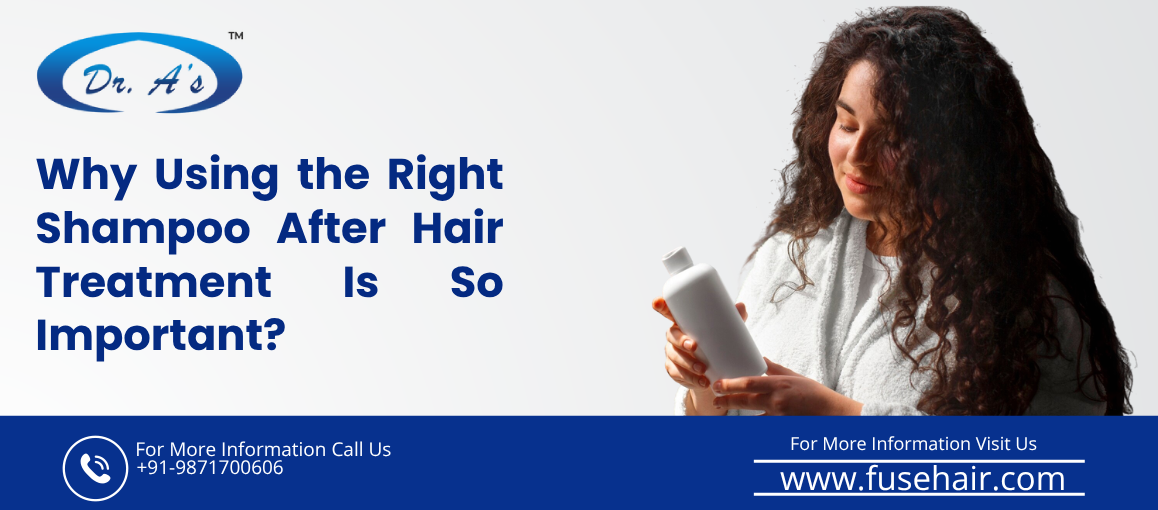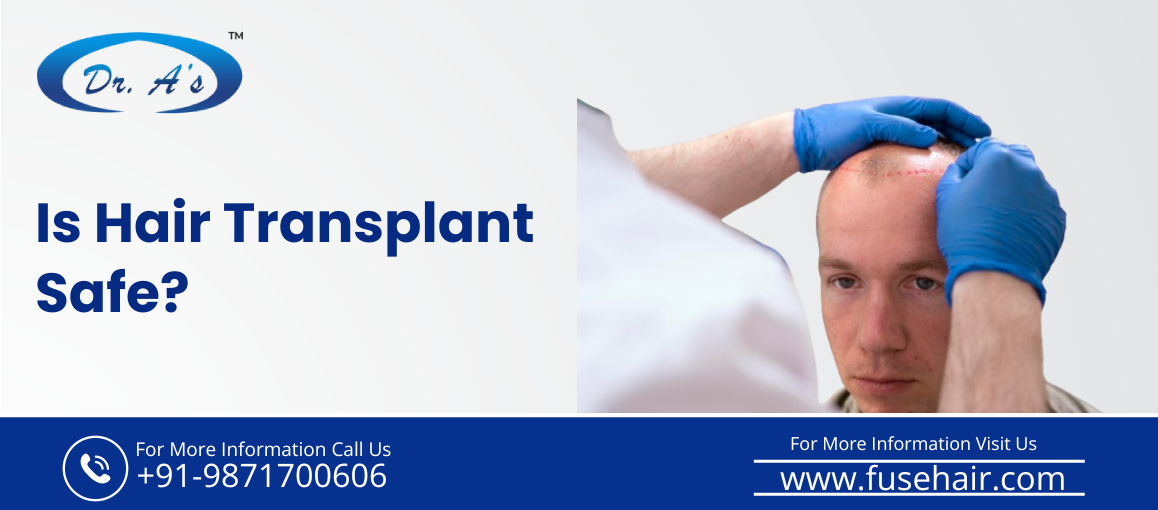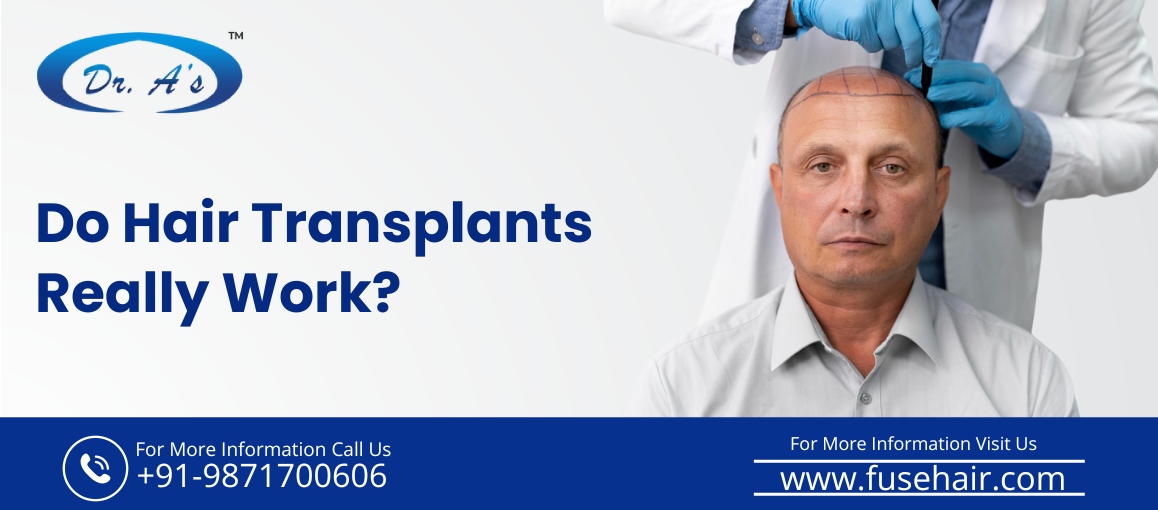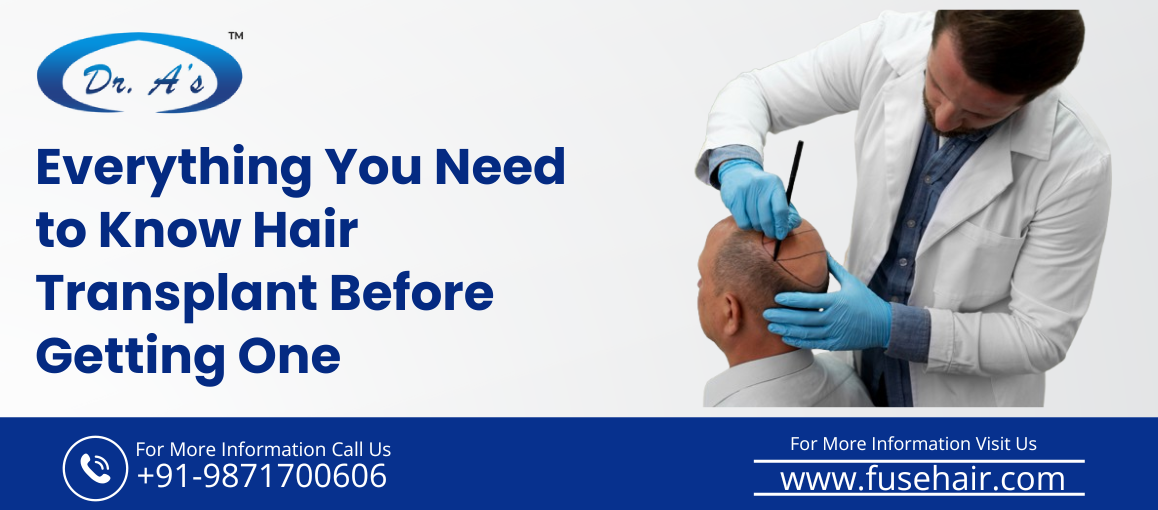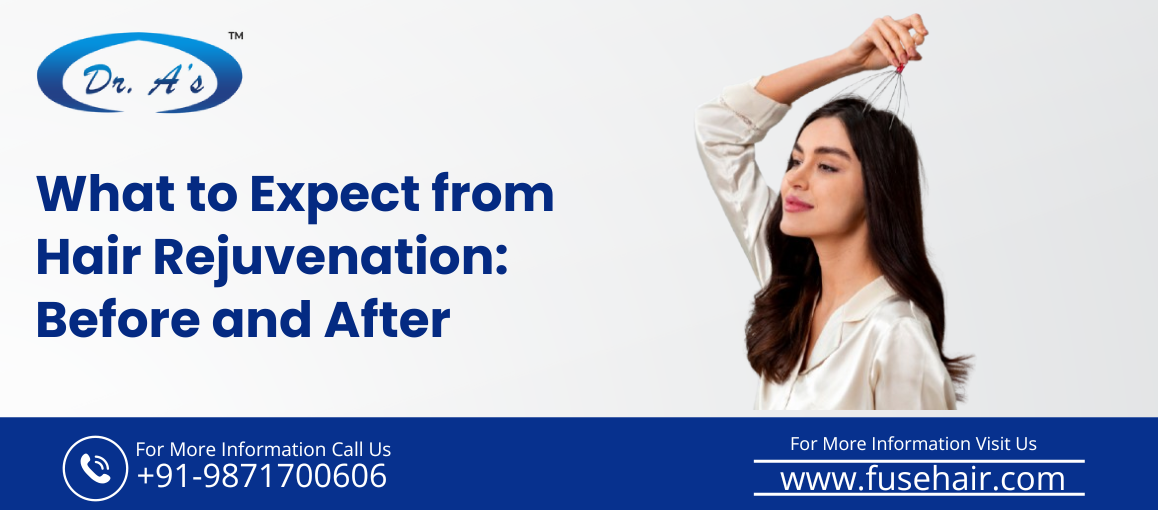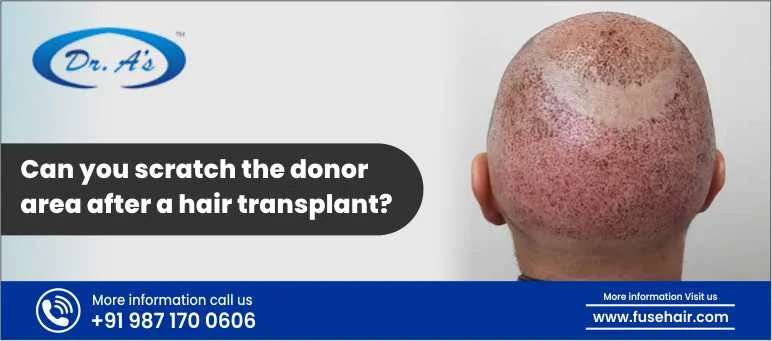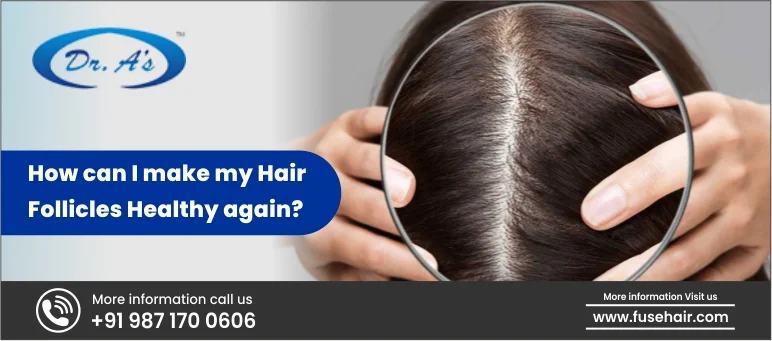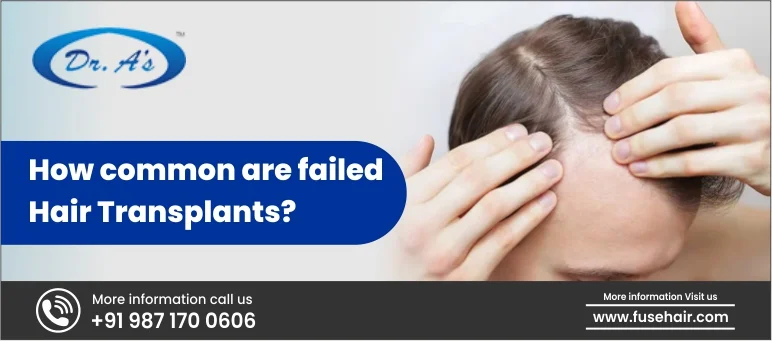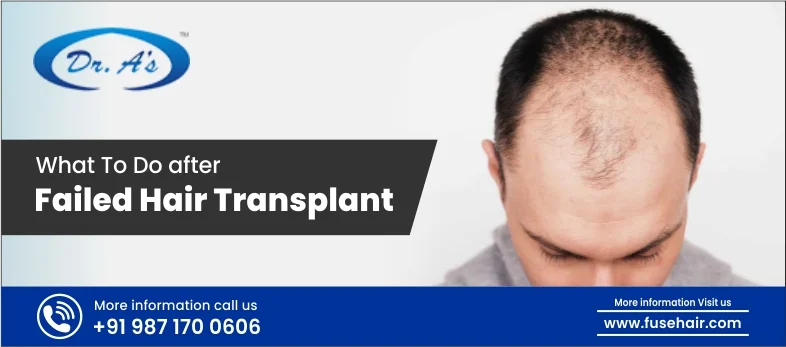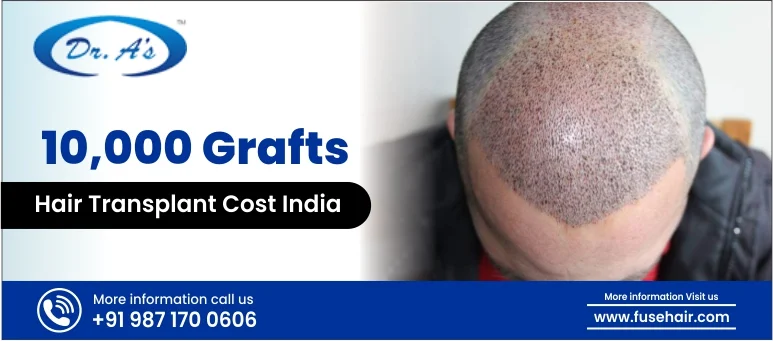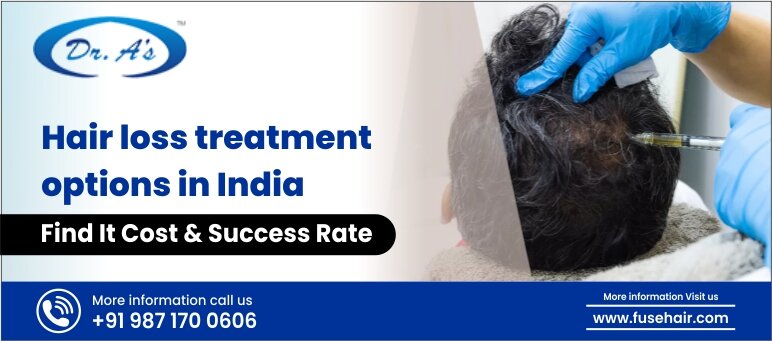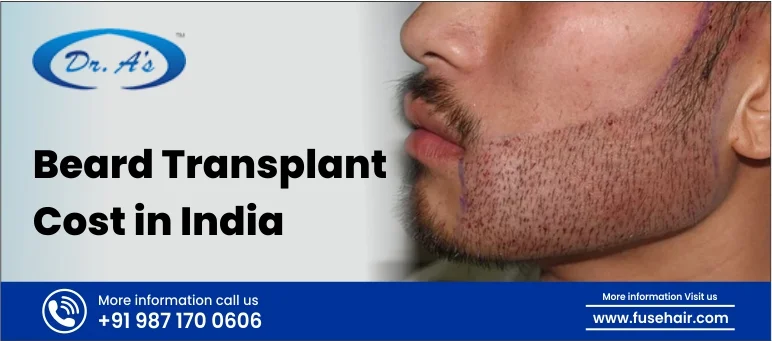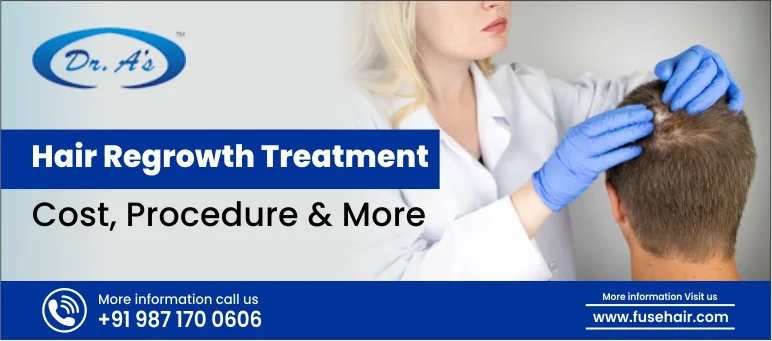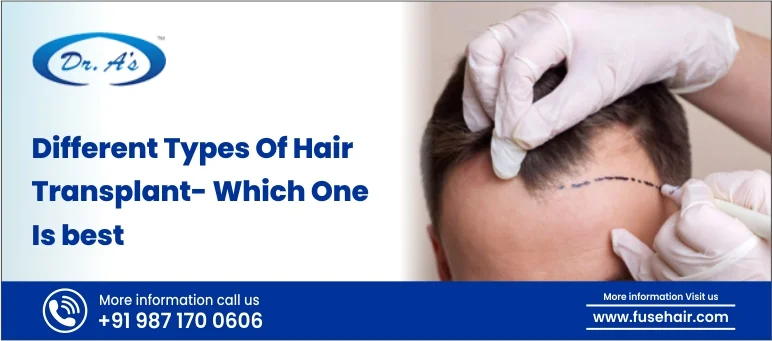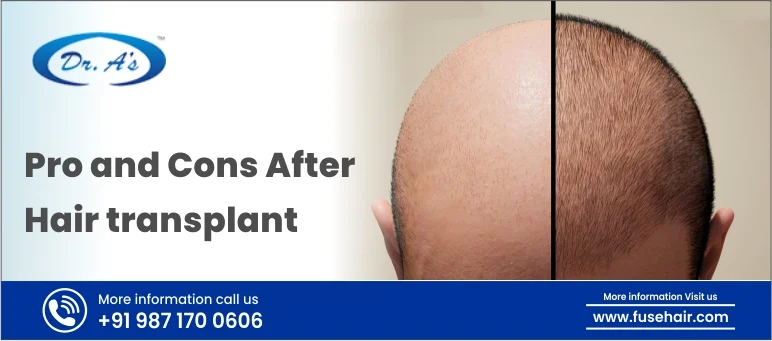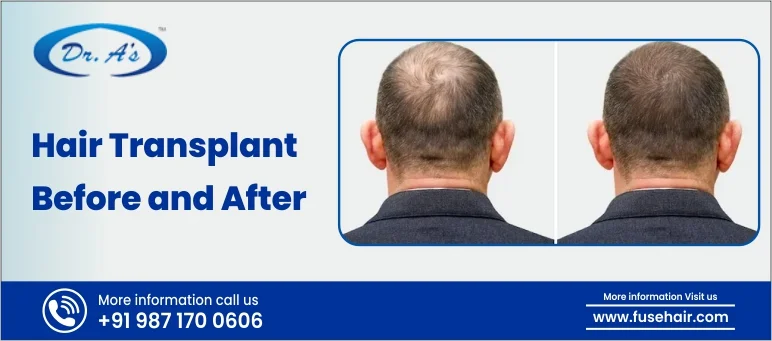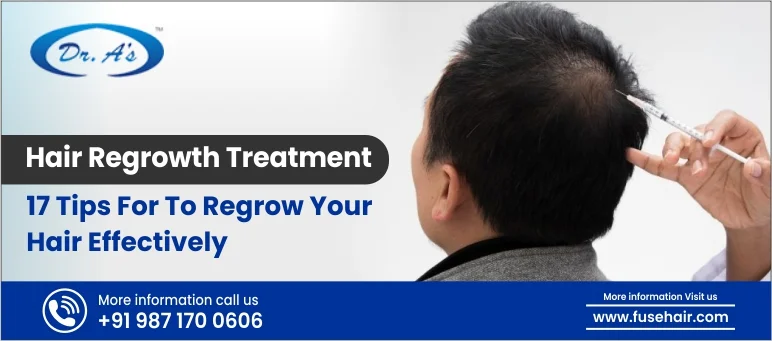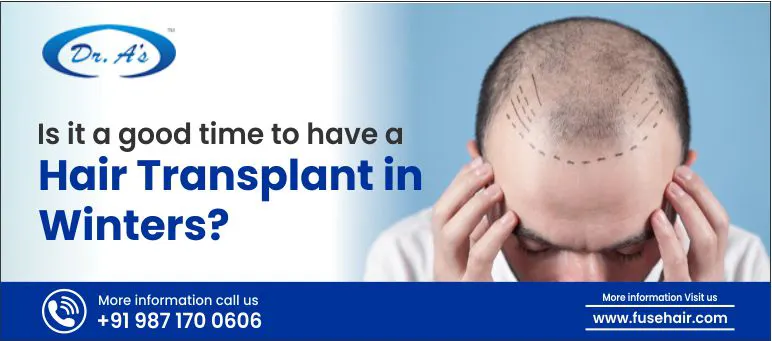
Recently, due to the excellent results it provides, there has been an increase in the demand for Hair Transplant surgeries among those experiencing hair loss. This novel therapy offers light at the end of the tunnel for whoever is experiencing hair fall, giving back to them not just the shed locks but also the faith and self-belief that will allow them to lead a normal life.
Post-operative care is often an overlooked parameter for success in a hair transplant procedure. The maintenance of post-transplantation hair growth is critical for the success of the treatment.
Below, we look at the crucial things to bear in mind when it comes to post-hair transplant care. We’ll also share important advice and hair growth tips with you at this key point of time to guarantee the seamless and successful growth of your new hair.
The Journey of Hair Transplantation
Transformative travel beyond simple remedy for hair loss — that is, the process of hair transplantation. Techniques including FUT (Follicular Unit Transplantation) and FUE (Follicular Unit Extraction), for example, require skillfully removing healthy hair follicles from places like the back of the head and transferring those hair bulbs to where the area is suffering from hair loss. This helps create a look as realistic as possible.
Even though it’s a primarily physical procedure, the emotional impact of a hair transplant is undeniable. It has a resounding mental effect, which can enhance your self-confidence or increase your self-esteem. The pleasure obtained from watching your hairline become denser is invaluable, and it’s important after surgery to take good care of yourself to maintain that feeling for many years to come.
Expert Guidance for Post Hair Transplant Care
Your surgeon shall provide you with the best hair increase tips after surgery to ensure that you get the most out of your hair transplant procedure. Some of these include:
Step 1: Immediate Post-Operative Care
After you have had your hair transplant procedure, you must follow closely your surgeons’ post-hair transplant care guidelines meticulously. After that, within 18 to 24 hours, you will have to remove all bands and/or wraps on your scalp as instructed so that no contaminants touch the implant, allowing for a sterile-free environment. It is also imperative for you to clean the donor area and recipient area, usually using warm saline solutions. Remember to be gentle when cleaning and do not put too much pressure on the grafts, as you might damage them.
It’s absolutely vital to preserve the recently inserted grafts, and this is one of the most important fast hair growth tips that every hair care doctor would tell you. Do not touch, rub, or scrub the treated area, as it may endanger the careful grafts. Protect that delicate skin on top of your head from direct sunlight, dust, and pollutants with a broad-brimmed hat when you step outdoors.
Step 2: Medications and Healing
Your surgeon, after your hair transplant operation, shall usually recommend pills to help with postoperative recovery and in getting the best outcomes. Medications you might get could be antibiotics to stop infection & anti-inflammatory drugs to ease any discomfort/pain. These are medicines that must be taken as per the instructions in order to reduce any side effects.
After a hair transplant, the recovery is in several stages. Scabbing of the recipient area is an early symptom. This is normal during the maturation period for the grafts to acclimate and integrate into their new environment. Do not pluck at or push the scabs and scab tissue, as this can damage the graft itself.
After the surgery, this can last for several weeks and cause the implanted hair to fall out in the shedding phase. Over subsequent months, your natural hair shall regrow. During these stages, patience pays off to get the results we want.
Step 3: Maintaining a Healthy Scalp
Maintaining a healthy scalp and avoiding infections after hair transplantation is essential. Massage your healing scalp gently with a light touch of your fingers using the shampoo recommended by your surgeon. Wash your hair with lukewarm or cold water and steer clear from hot water because it can trigger inflammation on the scalp. Then, gently dampen the scalp with a soft towel, and avoid rubbing so that the grafts don’t get displaced. Make a note not to touch or scratch your head, especially the areas being treated, as they might affect healing. Finally, follow your surgeon’s guidelines for post-op scalp care and any prescribed topical medications necessary to provide a favorable atmosphere for the new hair implants to prosper.
Step 4: Avoiding physical strain and sun exposure
You may think that since it’s a procedure affecting only your hair, you can engage in any form of intense physical activity after a hair transplant. This is untrue, as vigorous exercise and weight training can increase blood pressure and make you sweat, which may cause the graft to displace or increase your risk of infection. That’s why it would be best not to do these things for a few weeks after the surgery.
Moreover, your scalp, when grafted, is prone to the adverse effects of sunrays, and hence sun protection is necessary. Protect your scalp by wearing a broad-brimmed hat when you go outside or use an SPF 30 (which blocks at least 97 percent of UVB radiation) sunscreen. Applying and reapplying sunscreen regularly and consistently throughout the day will keep your scalp protected against UV rays and allow you to see optimal hair growth as well.
Step 5: Nutritional Support
A well-balanced diet, along with hydration, is essential to aid in the healing process of undergoing a hair transplant. To stimulate hair growth, your body needs to give your skin the essential nutrients for tissue repair. It is also important to have enough protein since your hair is made mainly of protein. One of the best natural hair growth tips is to add lean meats, fish, eggs, and plant-based options such as legumes and nuts to your diet. Plus, vitamins and minerals are key. Vitamin C can help in producing collagen, which is needed for the healing of post-surgical wounds, while vitamin A promotes the growth and health of each hair follicle.
Rich food sources of Vitamin C are Citrus fruits, Strawberries, Bell Peppers, and Sweet Potato, while Carrots are densely packed with Vitamin A. Eggs and almonds also contain Biotin to give you the energy for shiny hair. Also, remember to drink water in abundance since healthy skin and hair require it. In addition to promoting quick recovery, a balanced diet and adequate liquids also help in the hair transplant recovery process.
Step 6: Follow-Up Appointments
A very crucial thing to do during your hair transplant journey is to consistently attend post-operative visits to your surgeon to make sure everything goes smoothly. If you have any problems, no matter how seemingly minor, ensure to articulate them and get them sorted right away. These meetings have many important roles to fulfill. They allow your surgeon to see how well your surgery went — the new implanted hair — to gauge growth and make sure you don’t have any problems. These problems can be diagnosed and resolved quickly before they become real stumbling blocks in your journey of recovery. Ensure to follow all their tips for successful results.
At subsequent consultations, you can anticipate meticulous scrutiny of your scalp with the specialist evaluating the development of the grafts and the general well-being of your scalp.
Step 7: Patience and Long-Term Care
One must be patient while planning for hair transplantation and expecting to see tangible results. Usually, you can see some minor noticeable improvement at first, which grows in the subsequent few months after the procedure — and it might take a year or more for the final grand results to be seen.
It is very important for long-term hair health that you follow a healthy lifestyle and take proper care of your hair. Keep eating healthy foods, maintain proper levels of hydration, and protect your scalp from the sun. Continue to follow your surgeon’s aftercare recommendations, which may include using shampoos and topical treatments as required. Keep caring for your implanted hair and give it time to grow, and you’ll be rewarded with long-lasting, beautiful results from a hair transplant.
Advantages Of Professional Post-Hair Transplant Care
Taking expert advice on hair transplant aftercare will always be very helpful. This makes for better recovery, ensuring that the grafts take hold and flourish in the new environment. Moreover, it lowers the risks of post-implementation infections, graft displacement, and other complications, which minimizes the likelihood of your procedure being compromised. Most importantly, professional care increases the chances of getting exactly what you want—a healthy, full head of hair that feels natural, giving you the assurance and confidence that you never had before. Following the postoperative protocols makes the whole process of your Hair Transplant successful, with the patient’s satisfaction reaching a summit with this lifetime-changing surgery.
Conclusion
As with many endeavors in life, the road towards outstanding hair transplant is paved with diligent post-operative attention. Every detail is important, from initial nursing, cleaning after surgery, protecting against overexposure to the sun, abstaining from physical exertion, and sticking to a proper diet.
At Dr. Arvind Poswal’s Clinic in Delhi, you can receive the best hair transplant procedures in the country, as well as complete post-operative care that guarantees successful transplant. Dr. Poswal’s groundbreaking research, achievements, and skill in the realm of FUE and FUT hair transplants make him the ideal person to entrust with the care for your hair regrowth transformation.
Frequently Asked Questions
-
How soon can I resume my normal activities after a hair transplant?
You can typically resume normal activities like work within a few days to a week after a hair transplant, but avoid strenuous exercise for a couple of weeks.
-
Are there specific shampoos or products I should use during the post-transplant recovery period?
Your surgeon will recommend specialized shampoos and products for post-transplant care to support graft healing and long-term hair health.
-
Can I expect my transplanted hair to fall out after the procedure, and is this a cause for concern?
No, shedding of the transplanted hair is a natural part of the hair regrowth cycle and not a cause for concern; it shall grow back in time.
-
How long before I can see the full results of my hair transplant?
Although the exact time frame varies from person to person, the full results of your hair transplant should become visible after 8 to 12 months of the procedure.
-
Are there any risks or complications associated with hair transplant surgery and its aftercare?
While complications are rare, potential risks include infection, scarring, and graft failure. Adhering to proper aftercare and your surgeon’s advice minimizes these risks.




















